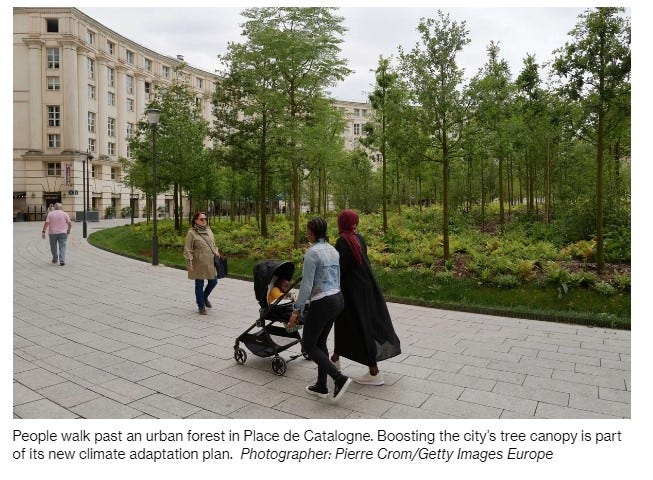Honeyeater Calendars! $20 plus $5 postage
Heat and hazards
My Friends,
it is definitely that time of year when disaster preparation looms for those of us living in the regions. I have already been contacted regarding fire danger, and had the first storm warnings appear on my mobile phone.
The Regional Conservation Councils have been working together to create a campaign to have cooler and more resilient communities.
You can read more about the campaign here:
https://cafnec.org.au/heat-and-hazards-keeping-queenslanders-safe/
For our region, the key areas are: fire resilience, heat resilience and supply chain resilience. We don’t get the riverine flooding that Rockhampton and Bundaberg do, but we certainly have heat and bushfire issues. When our neighbours flood, we do have supply issues as well.
How do we address this?
Well partly this is a planning issue which needs to be taken up with local Councils, and partly we need to be working on these issues with our friends and neighbours.
Are you organising an event? Consider a cooler venue.
Create demand for the shadier places by going there more often.
Talk to your local Councillor about planting more trees on your street.
Find ways to beat the heat without using as much electricity - perhaps another part of the house is a cooler place to work in summer.
As for supplies, I don’t recommend bread and milk.
Canned food that can be eaten without cooking is your best bet, but choose things your family likes to eat. No-one is going to eat that can of chick-peas with a spoon.
I have tins of spaghetti, beans, and fruit.
Bottled water is a good idea, but also get a few 20L water containers that can be kept filled through cyclone season.
We’re winding down for the year, but disaster season is just getting started. A little preparation will go a long way.
Anna
“Marge! Marge! the calendars are ‘ere”
($20 plus $5 postage)
It’s that time of year again, and this year our annual calendar features all sorts of different local honeyeaters, including a very special one from Eungella. Four photographers have been involved in helping put this together, as well as our wonderful team of volunteers in Agnes Water.
While we’re primarily focussed on selling these at local outlets, they are able to be posted out for $5.
Each image has information, not only about the birds, but also about the plants that they rely upon. After all, without plants and trees, the birds wouldn’t exist!
As I was reminded recently, every native plant has an insect or bird (or both) that rely upon them for al least one stage of their life cycle, so the best thing to do is to plant a wide variety of native plants wherever you can.
Each calendar also includes holidays and local events, from the Capricorn Film Festival to the Gladstone Harbour Festival.
It’s easy to purchase - just go to our webstore here: https://www.gladstoneconservationcouncil.com.au/Honey-Eater-Calendar-2025-p508406552
Extension cords and EV Charging
From Arthur Hunt:
“Our daughter recently completed her first long, solo trip in her MG ZS EV, from Yeppoon to Noosa and return, without any problem. I provided her with a list of chargers on her route.
She charged at the Tesla Supercharger at Calliope, at the 50 kW Chargefox chargers at Gin Gin and Gunalda (north of Gympie), and at an Evie charger at Noosa. It was disappointing that the up-market resort at Noosa where she stayed did not offer EV charging. She could not charge to 100% overnight before departure which would have saved time. She felt that the charging stops allowed a necessary break from driving. She planned to charge to 100% before leaving home but made a rookie mistake.
For convenience, she used a normal household extension cord to connect the portable charger to the power point in the carport. The light extension cord reduced the current and charging rate so she had to leave with only a 75% charge but it was still enough to reach Calliope. It was a useful reminder that an extension cord should only be used if unavoidable and then it should be a heavy duty one.”
Good News
Paris to Replace Parking Spaces With Trees
“To reach this goal, Paris promises to establish 300 hectares of new green space by 2030, with 10% in place by 2026. Removing parking spaces will be a major component of this. For example, the many curbside spots that flank streets can be replaced with relative ease by lines of trees planted in beds that also aid stormwater absorption. The creation of “oasis squares” in each of Paris’ 20 arrondissements will add other green areas where trees and shade structures such as gazebos offer residents respite from the sun and help lower surrounding air temperatures.
This attention to managing extreme heat is also addressed elsewhere in the plan. Recent heat waves have exposed Paris’ vulnerability to rising summer temperatures — the city generates a powerful urban heat island effect, and many of its homes and businesses lack air conditioning. The climate adaptation plan proposes more neighborhood cooling centers, plans to rethink daily schedules for people working outside to prevent heat stress, and a commitment to install insulated or reflective “cool roofs” on 1,000 public buildings.”









